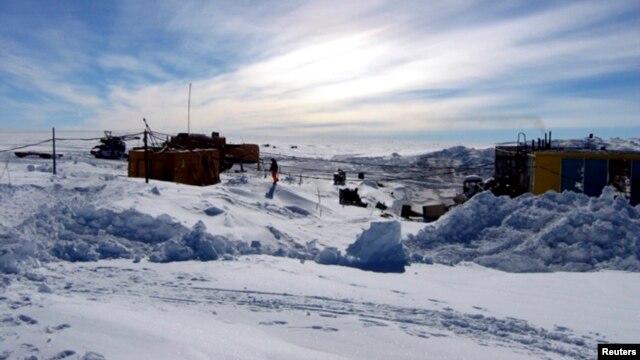
Discovery online posted the following:
On Christmas day the British Antarctic Survey announced that it is pulling out of the race to drill into the pristine waters of an underwater lake in Antarctica, but Russia and the United States are hot on their heels to explore similar subglacial waters.
These underground bodies of water are sealed below two miles of glacial ice and, in some cases, have existed unperturbed for tens of millions of years. Researchers from the three nations aim to drill into these hidden lakes in hopes of ffinding brand new forms of microbial life. The adaptations of these resilient organisms to harsh conditions may shed light on the evolution of life on Earth, and potentially other planets, too.
Read more @ Nations Race to Drill Into Hidden Antarctic Waters : 80beats



